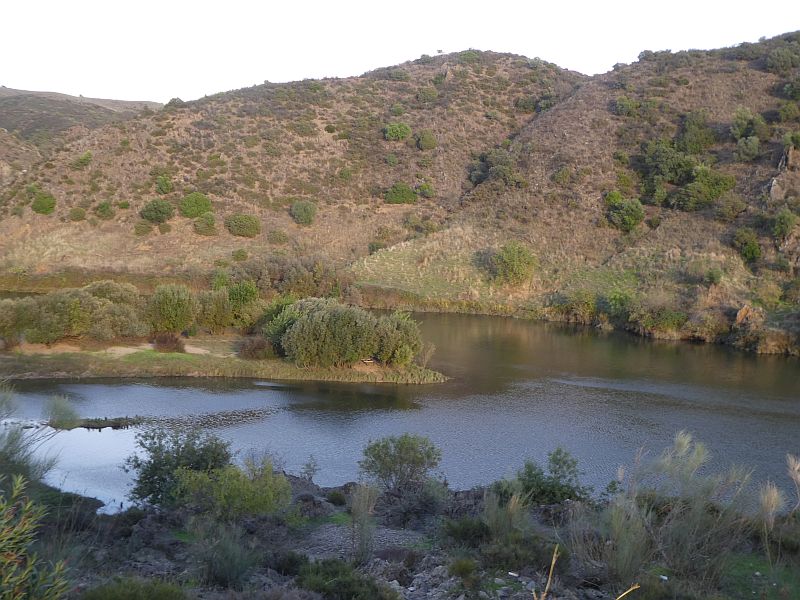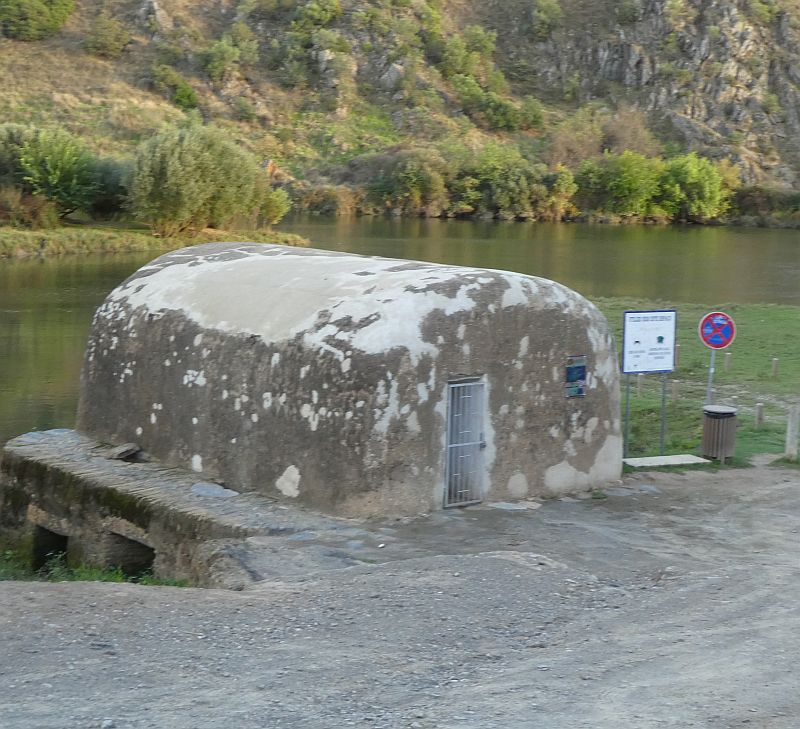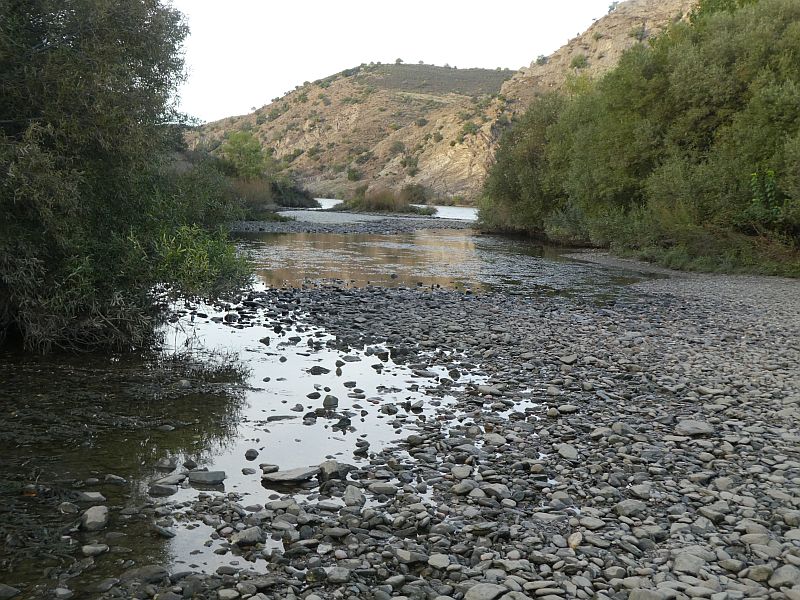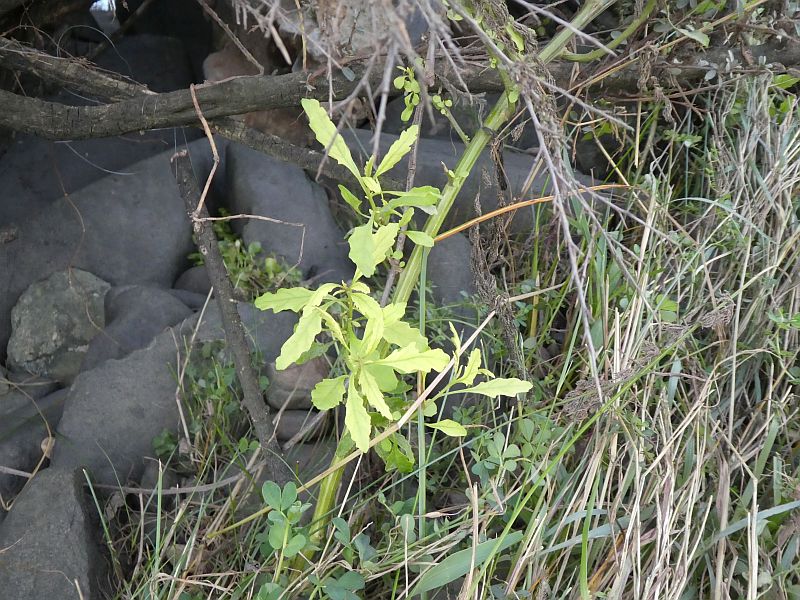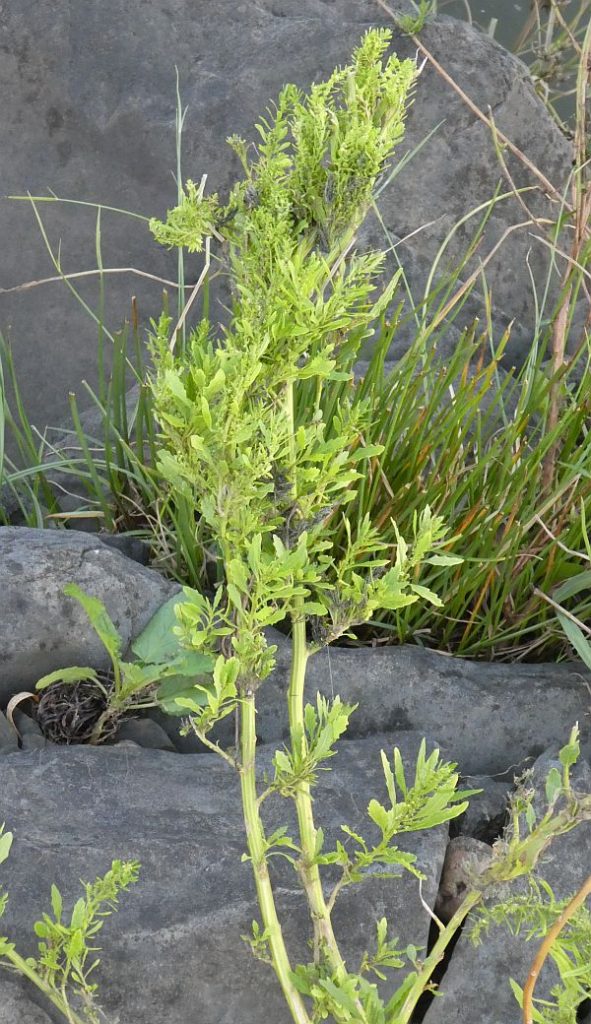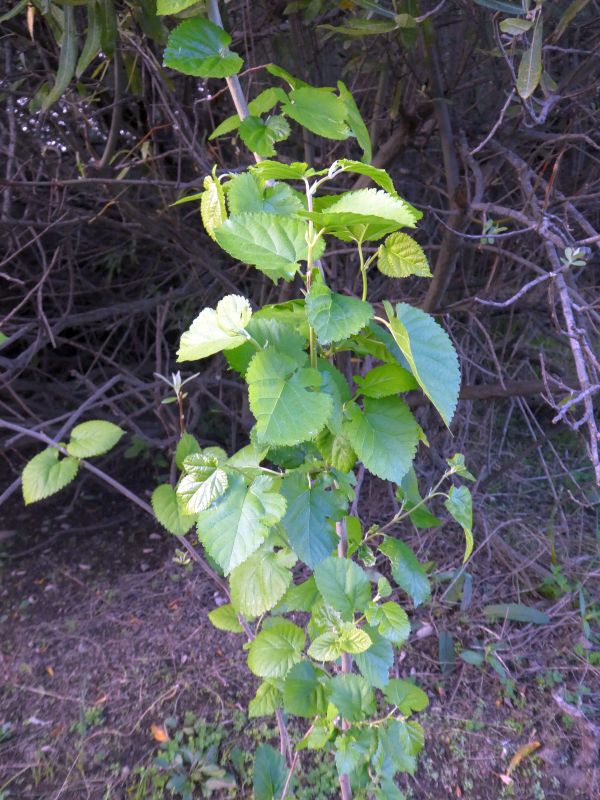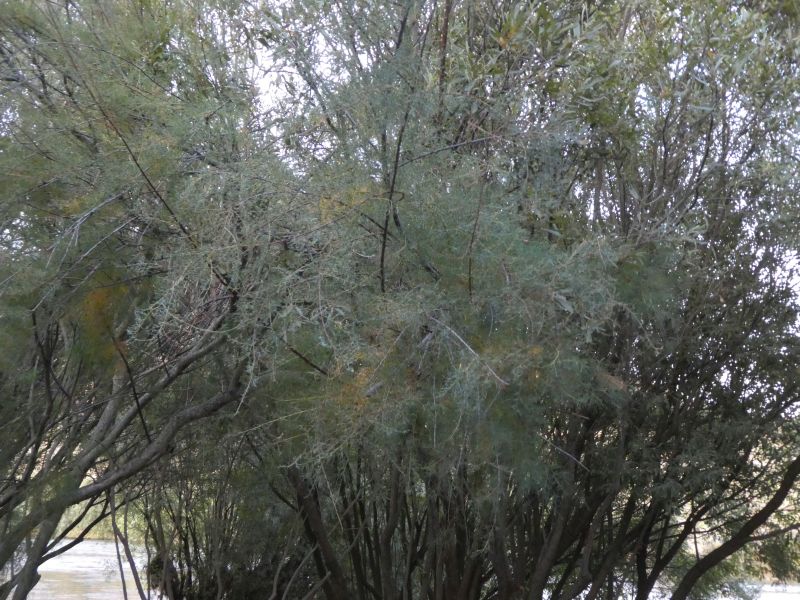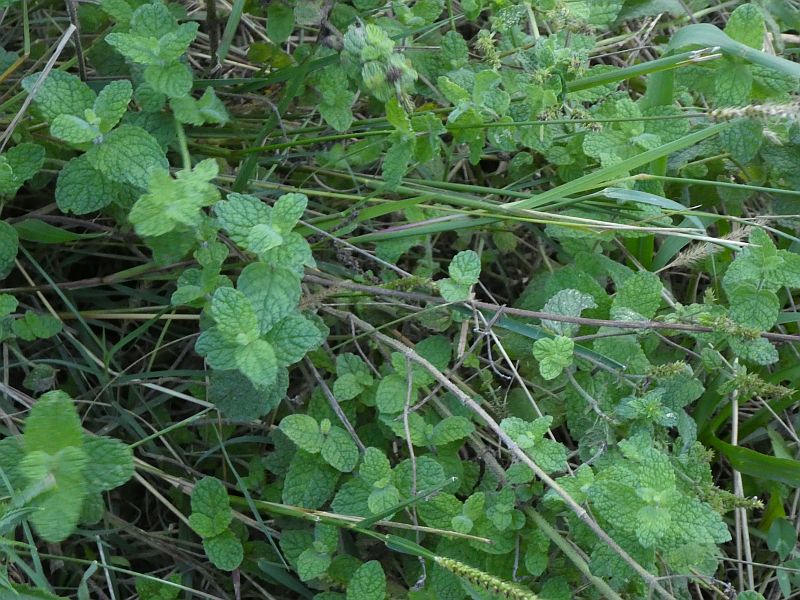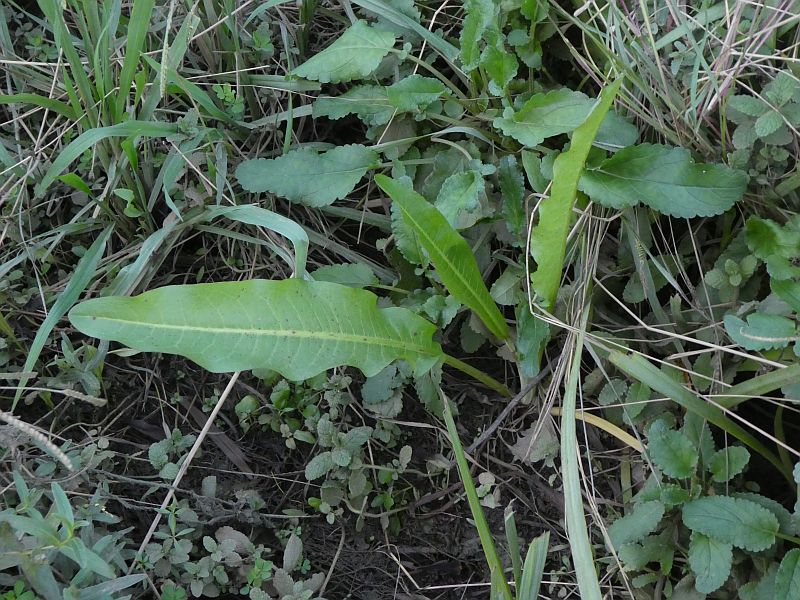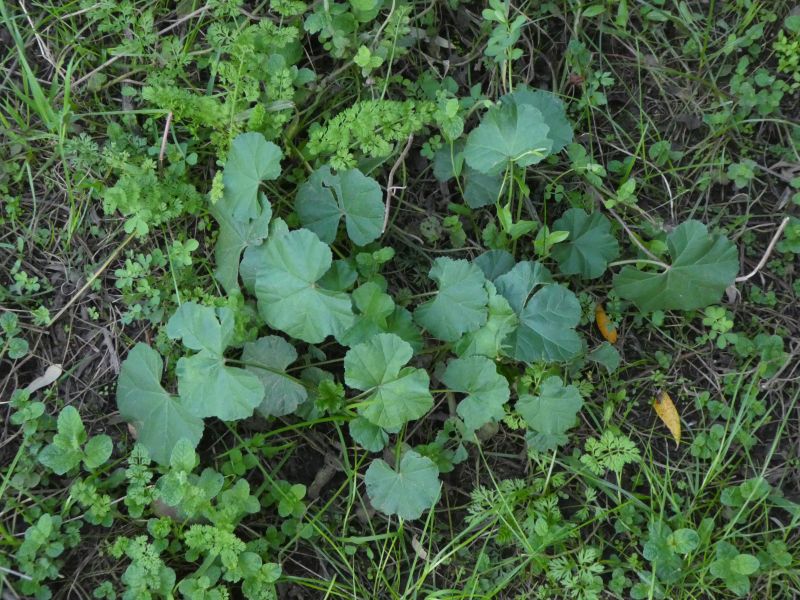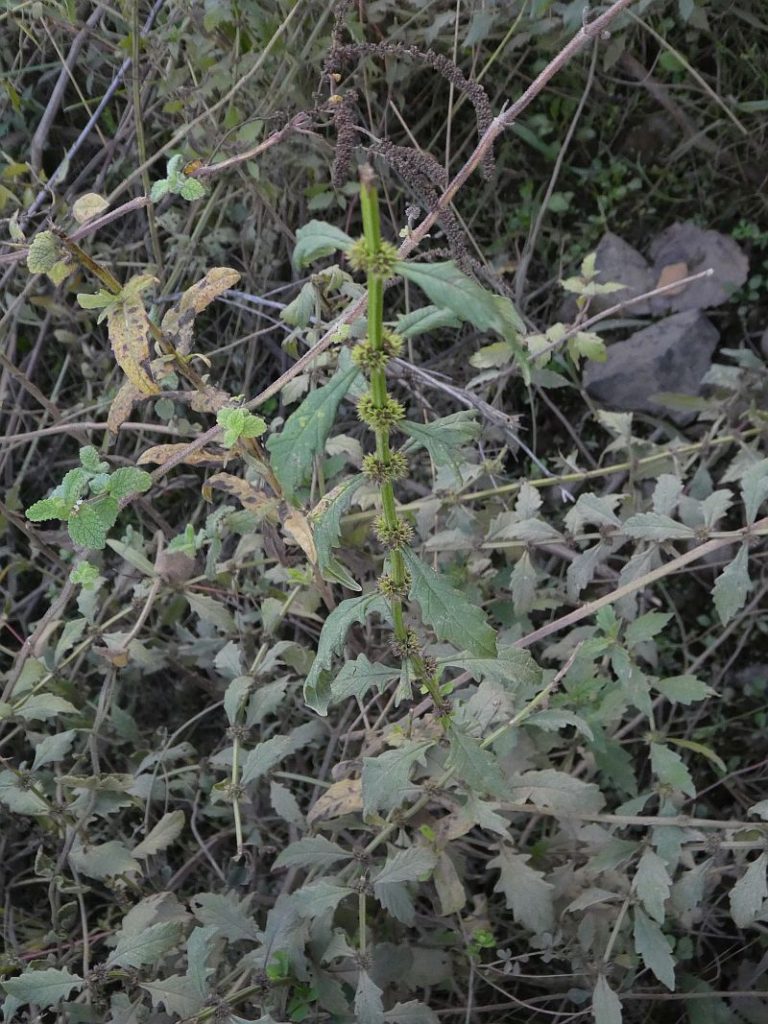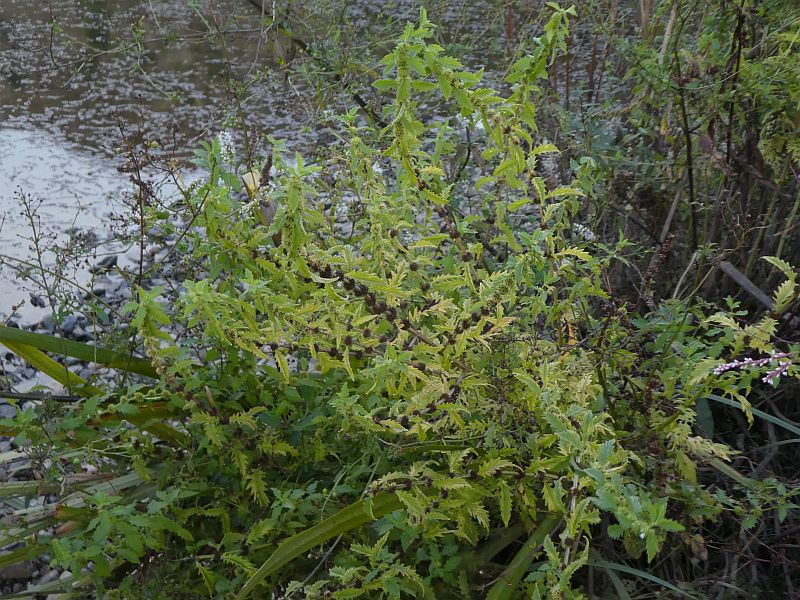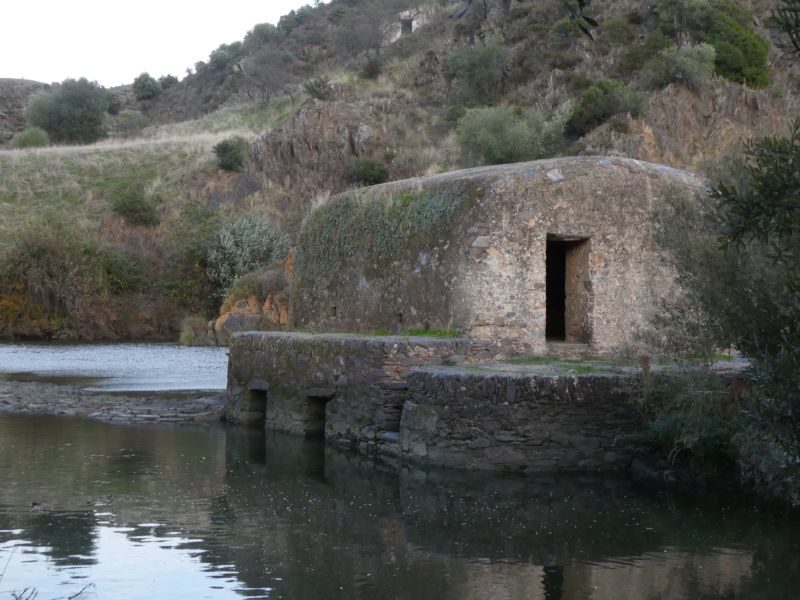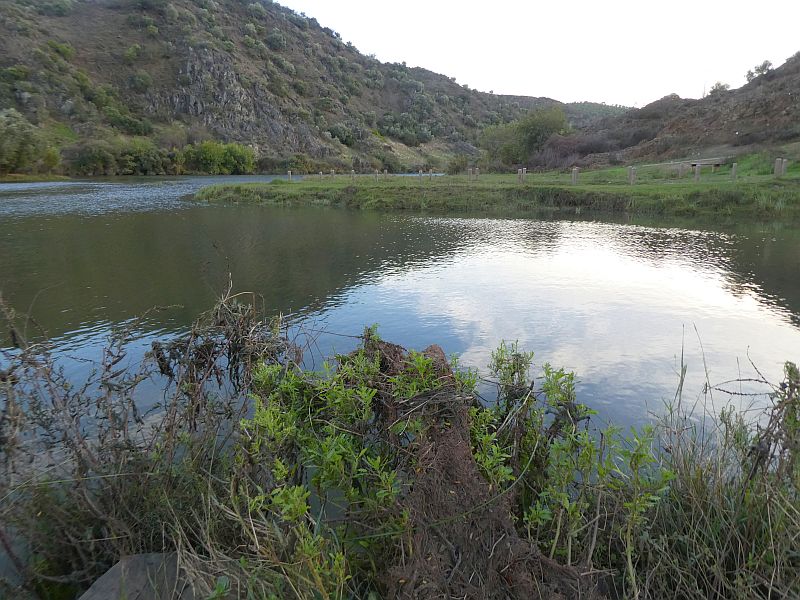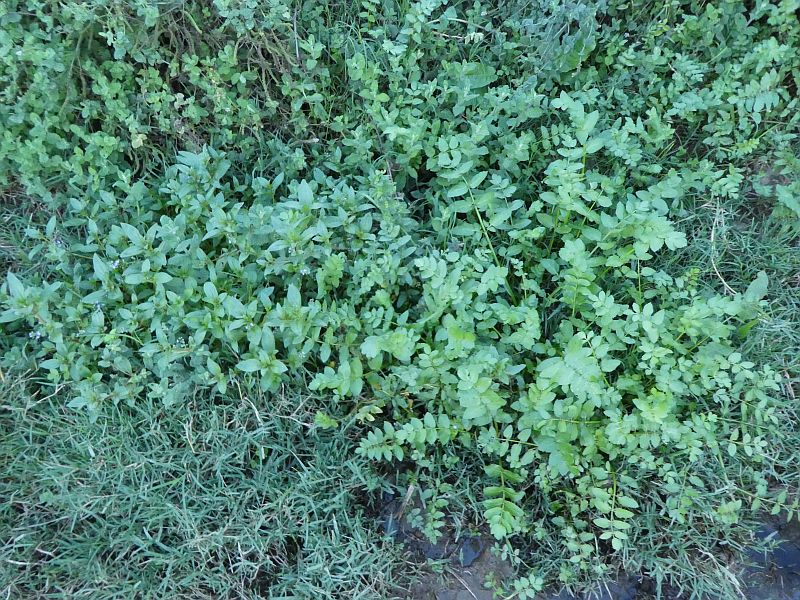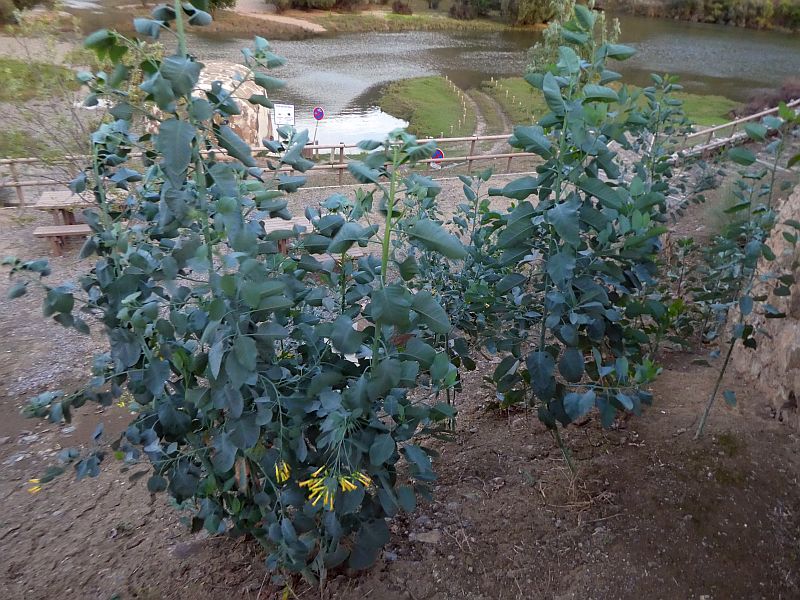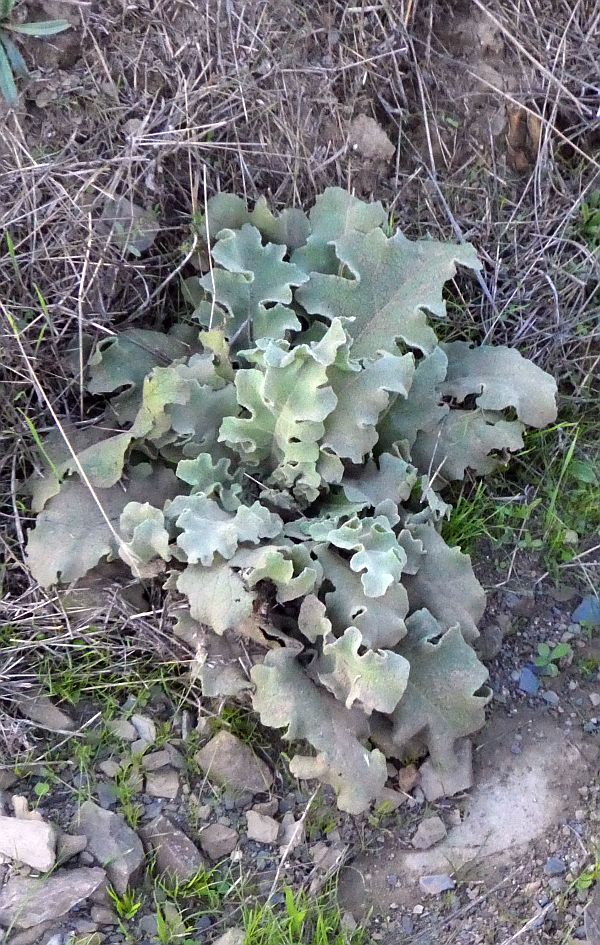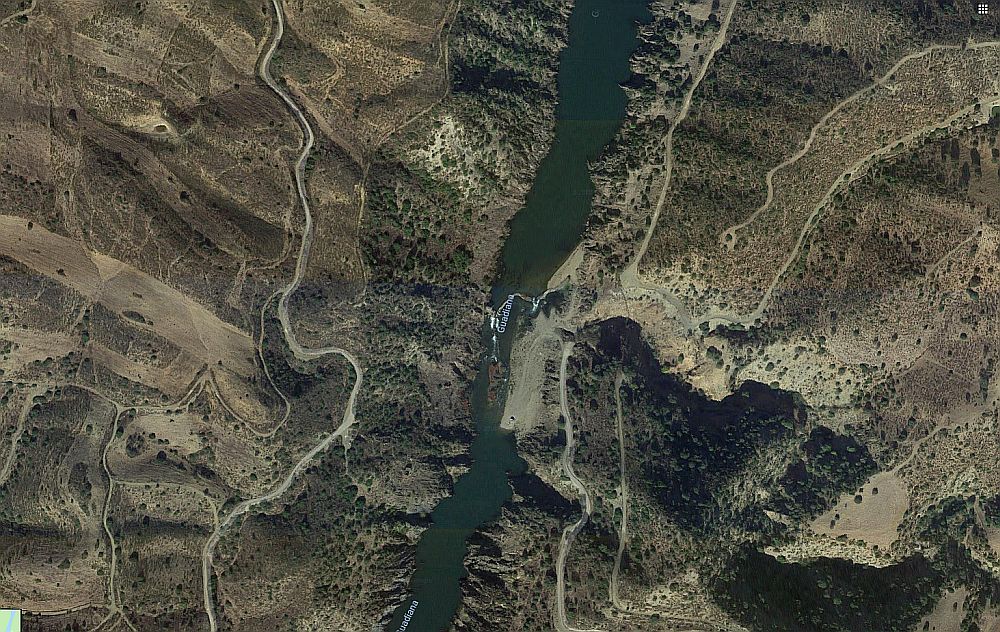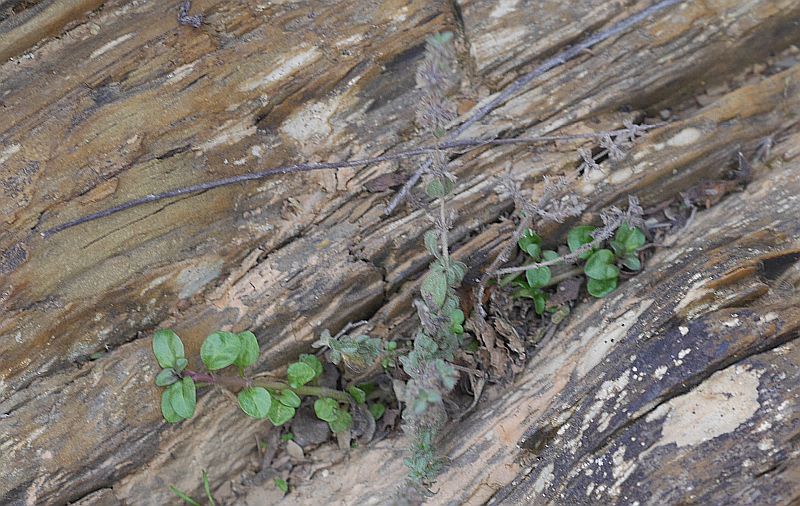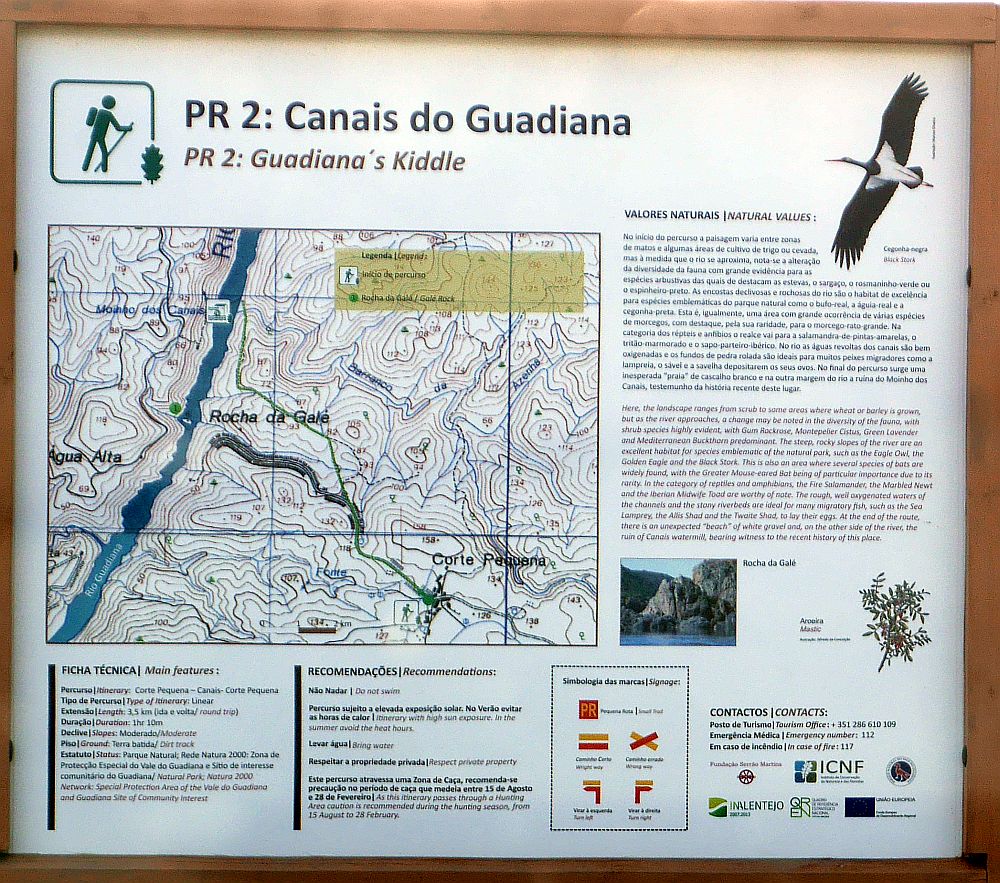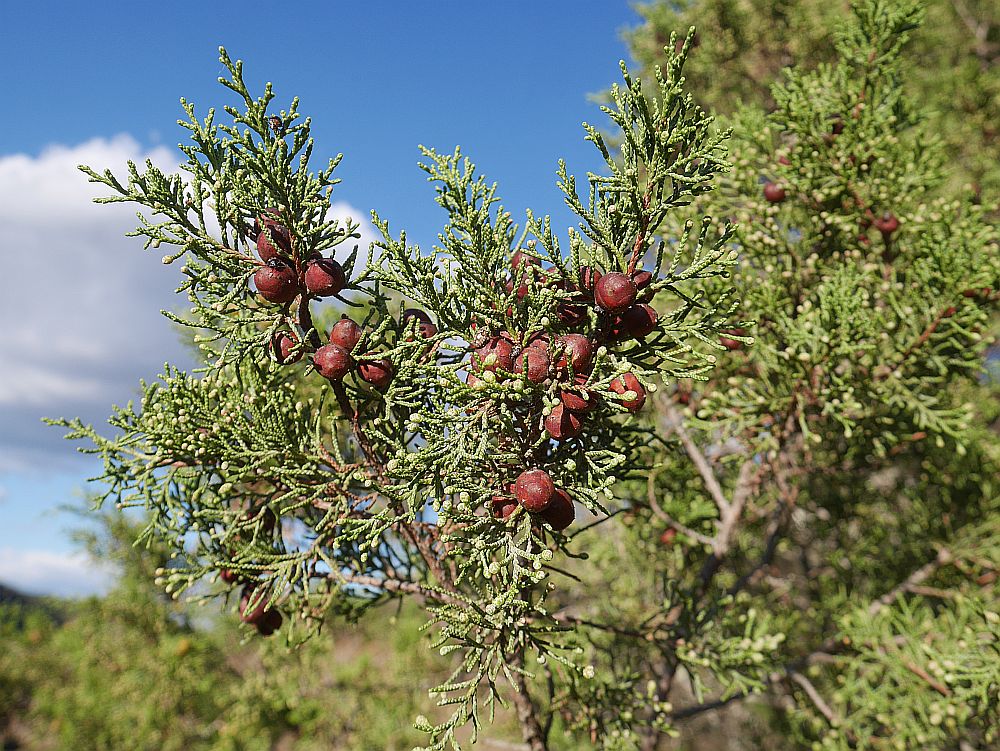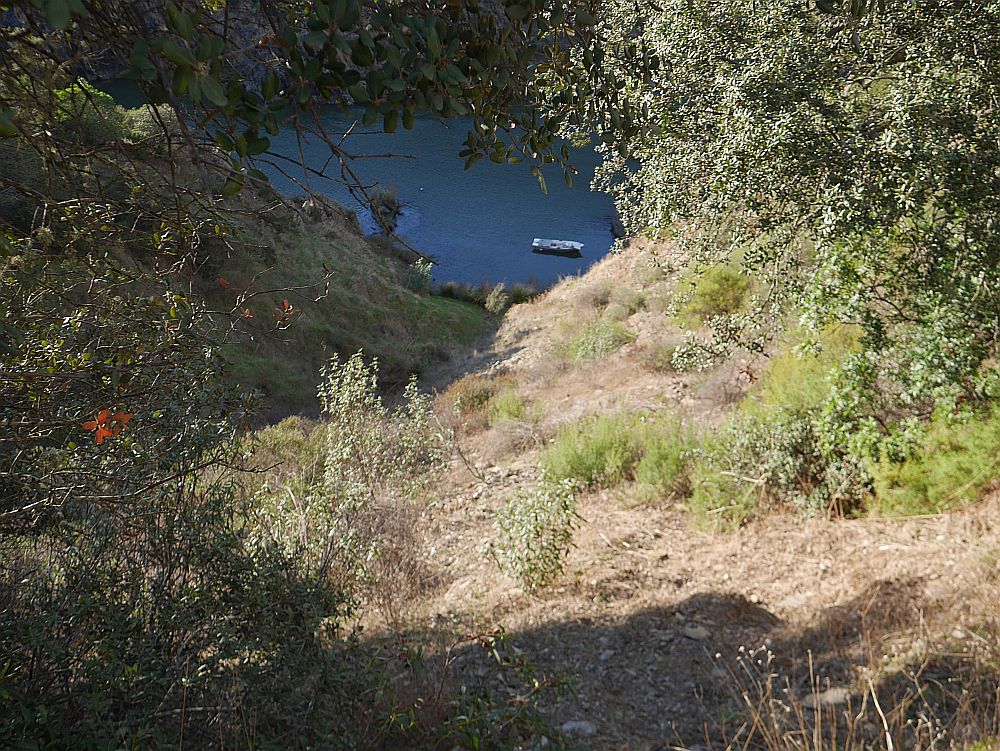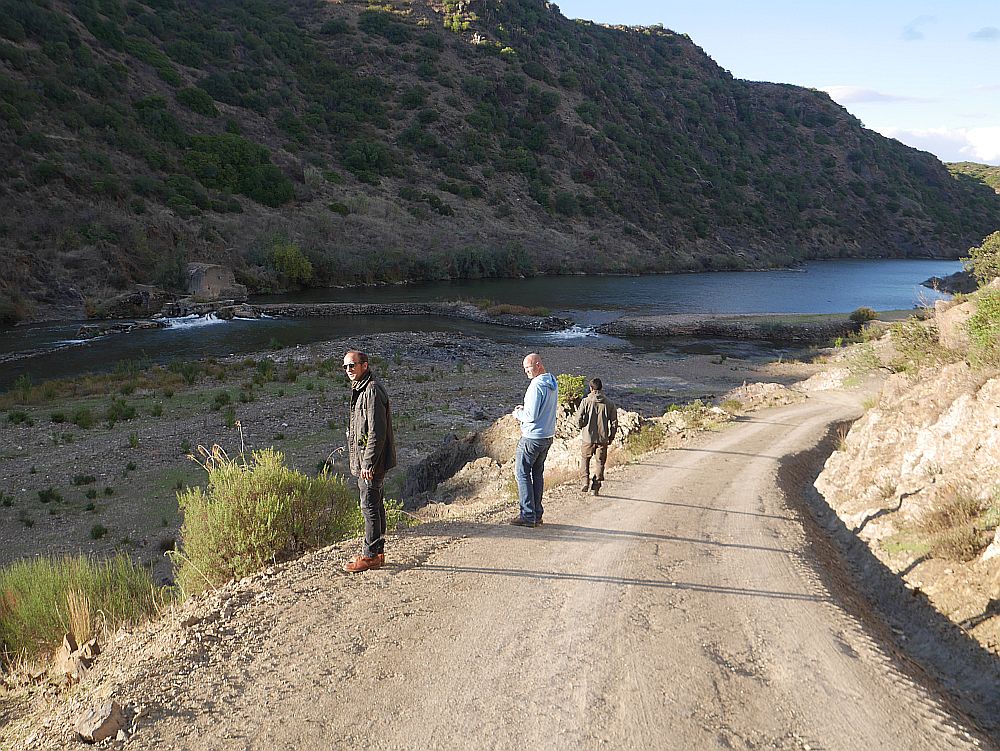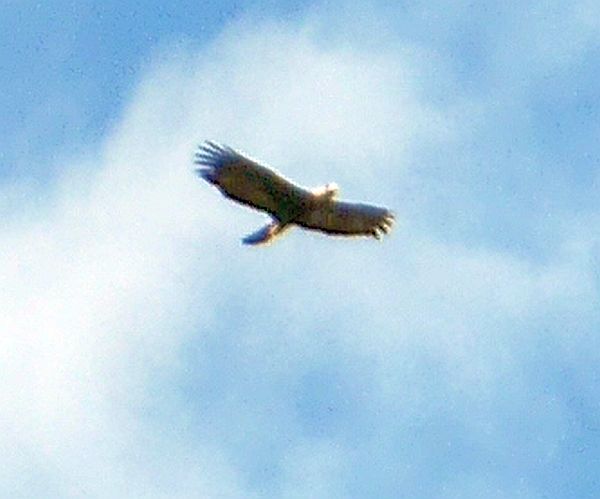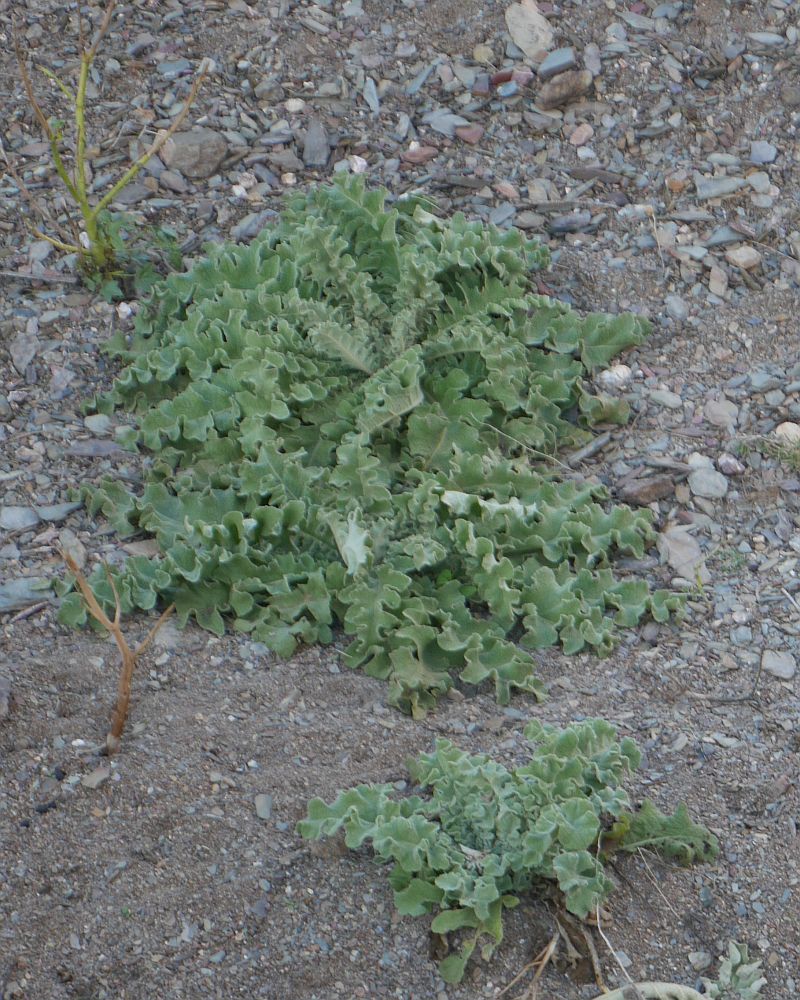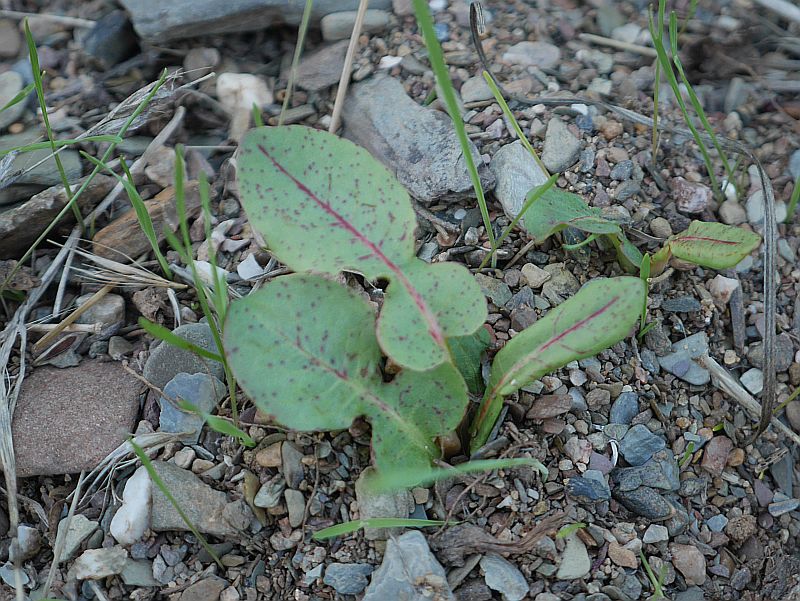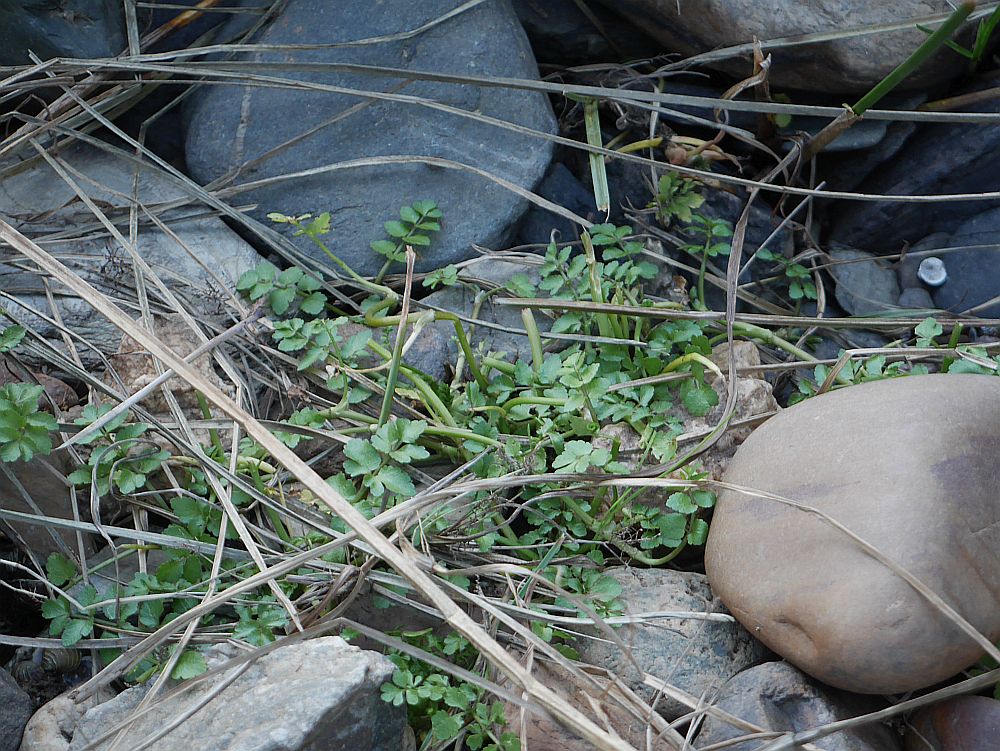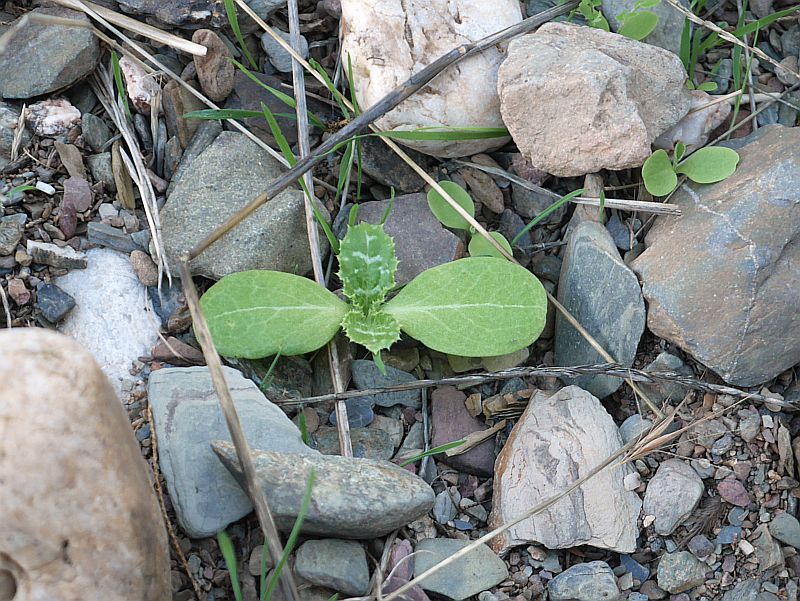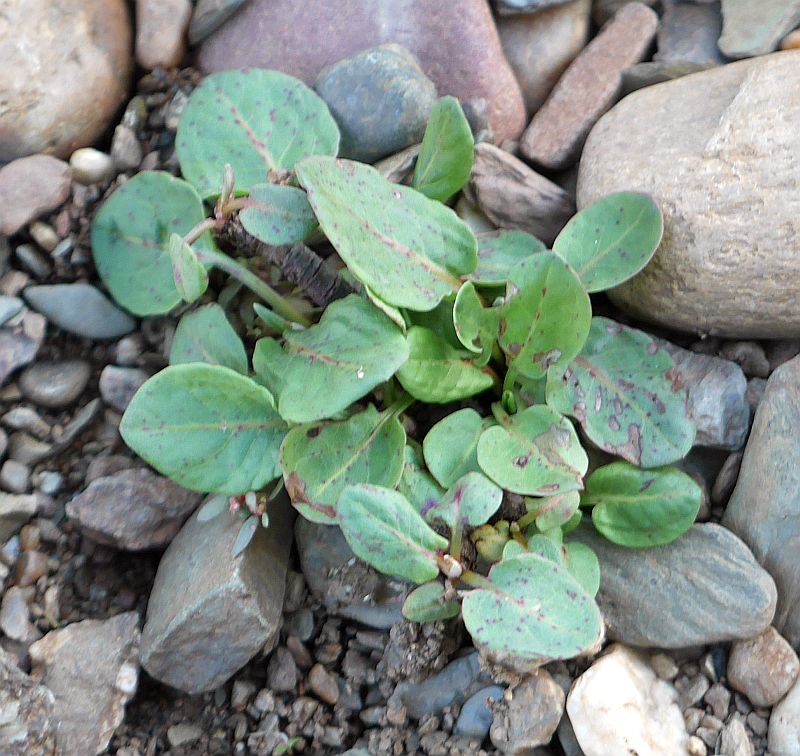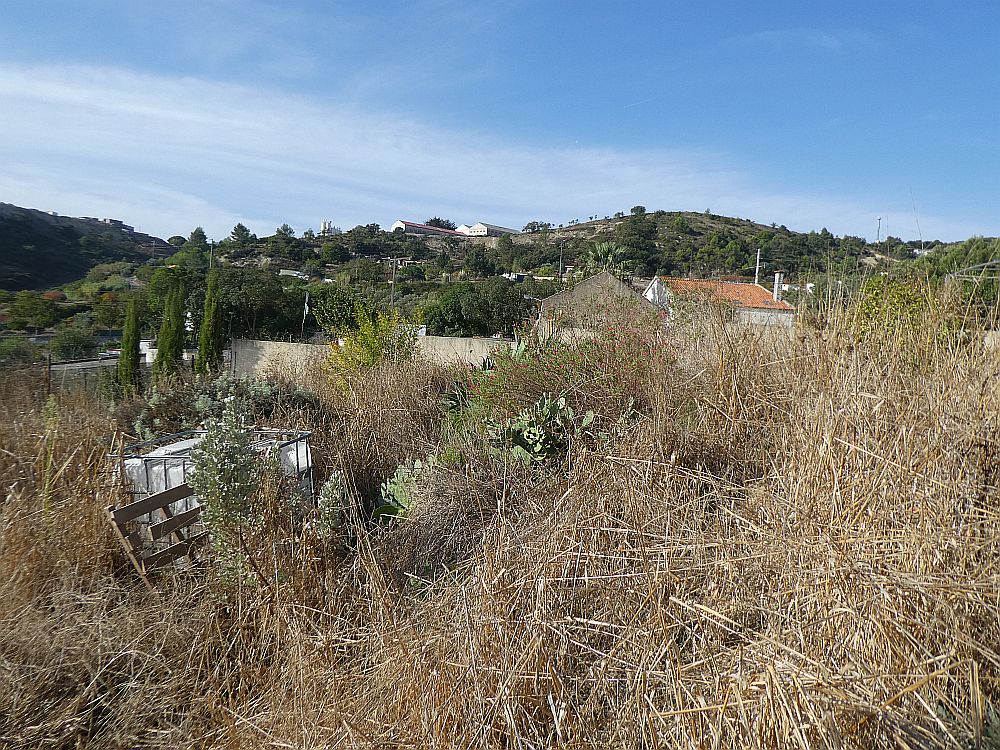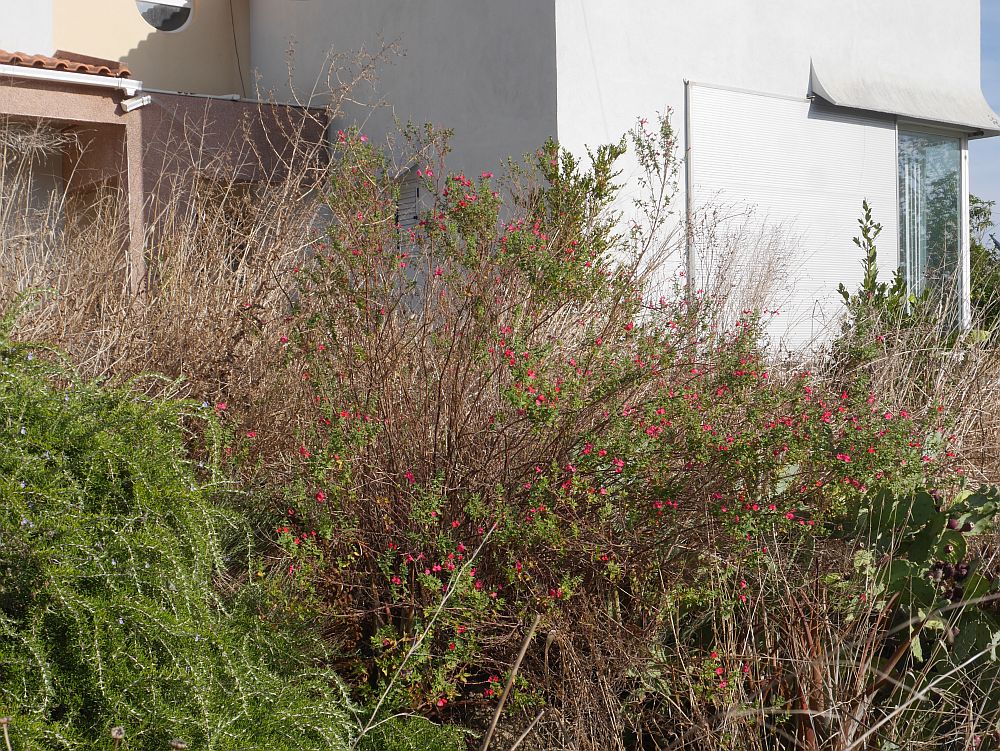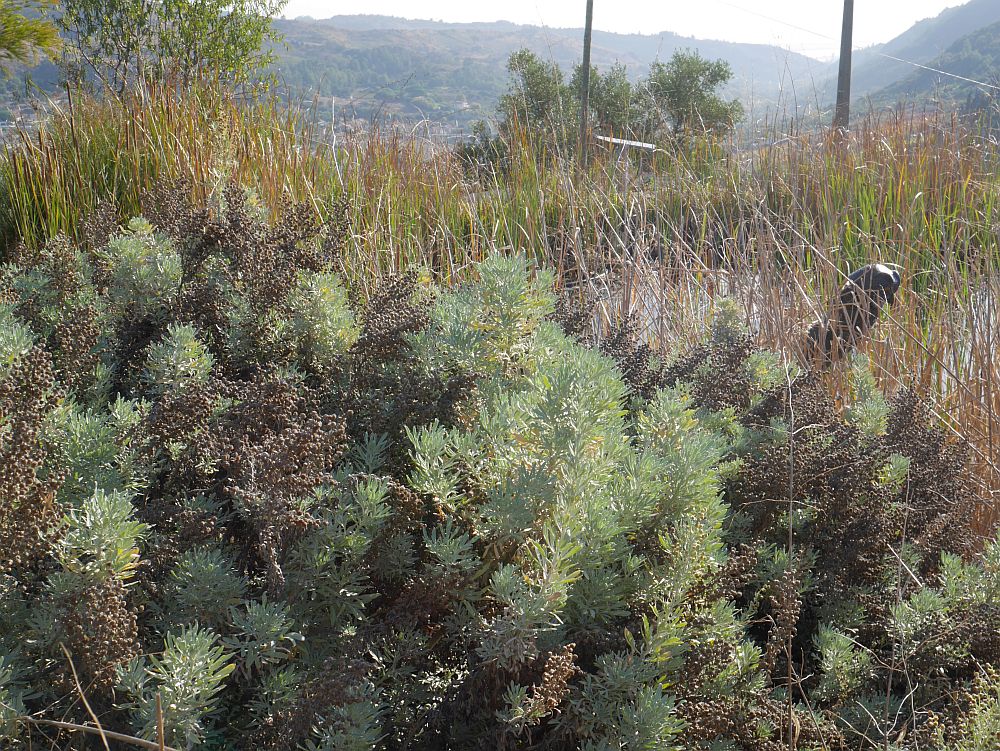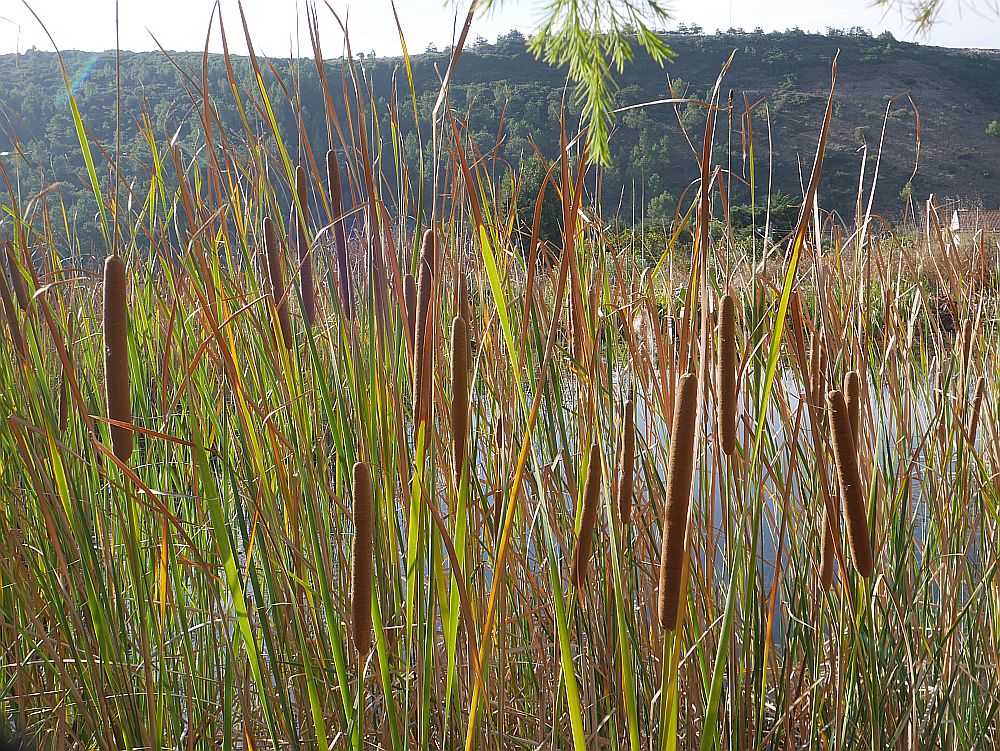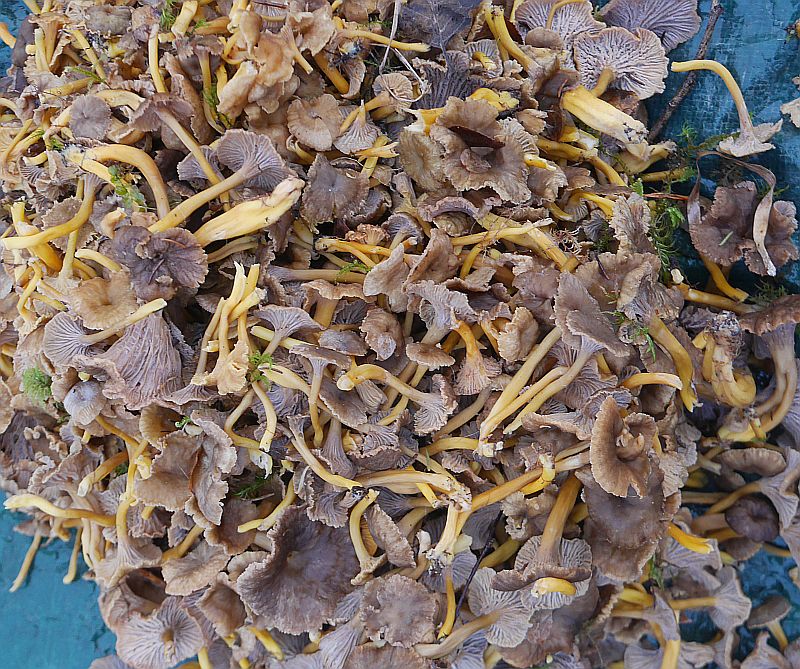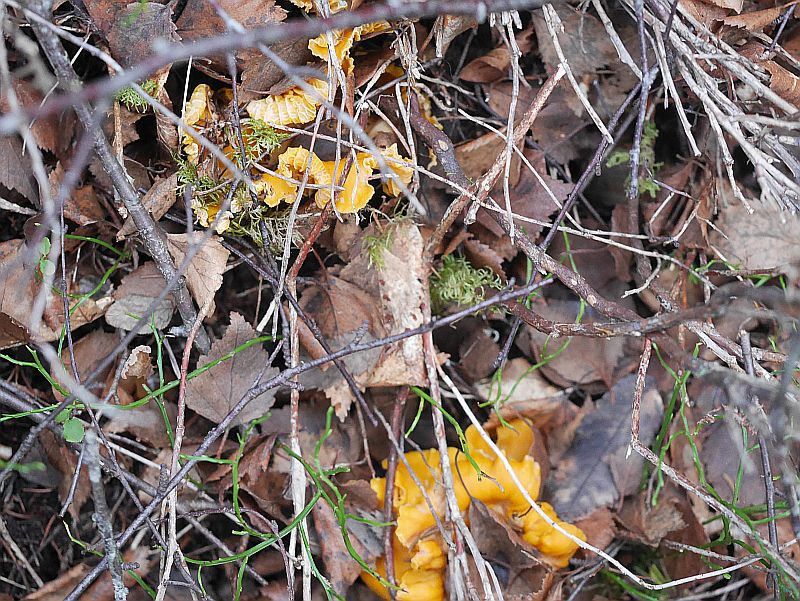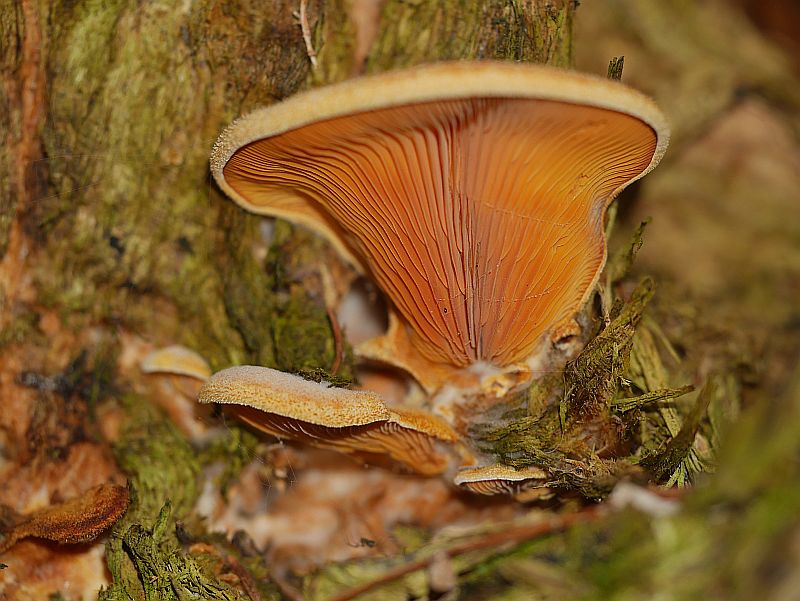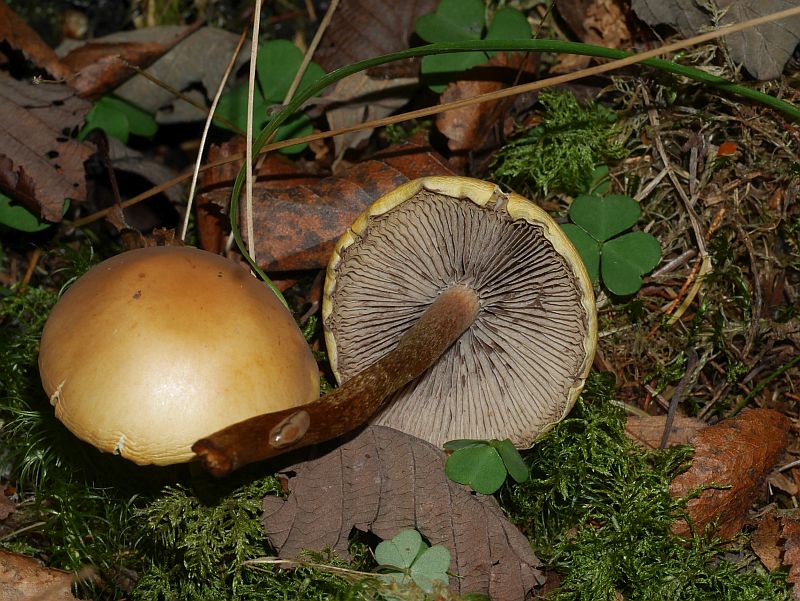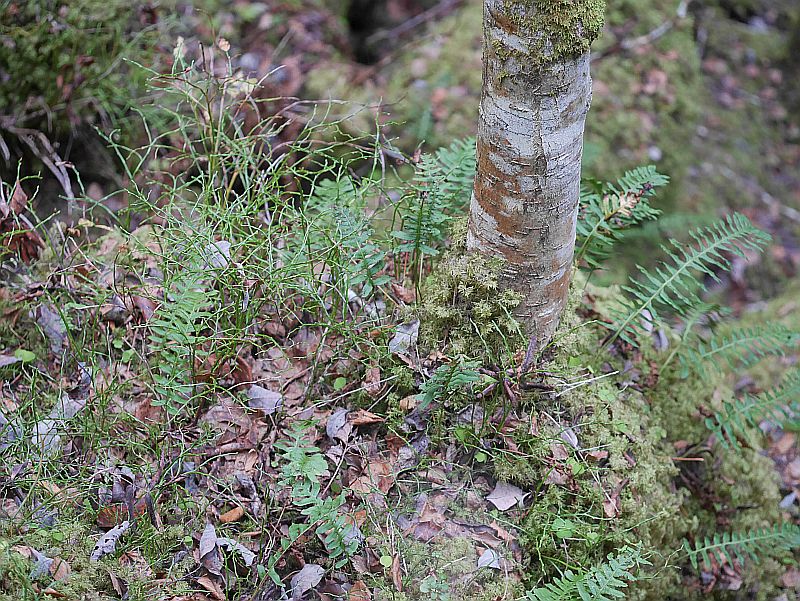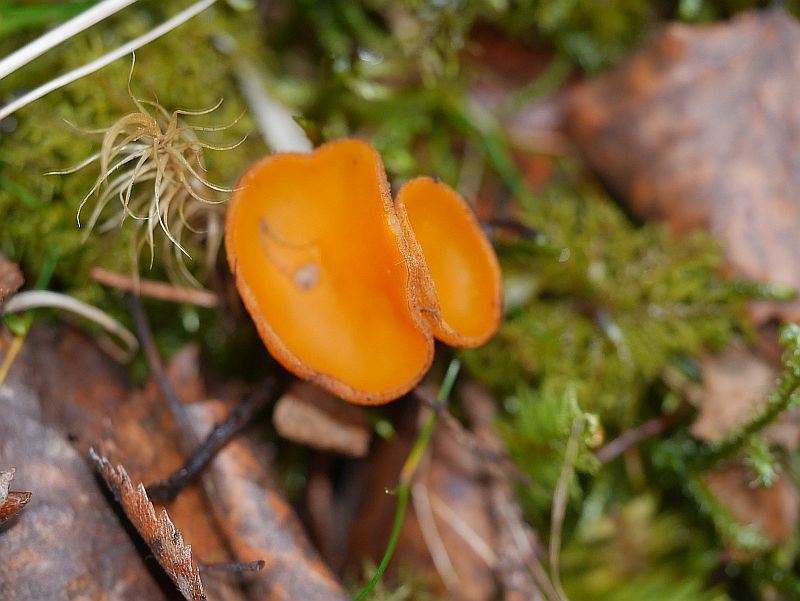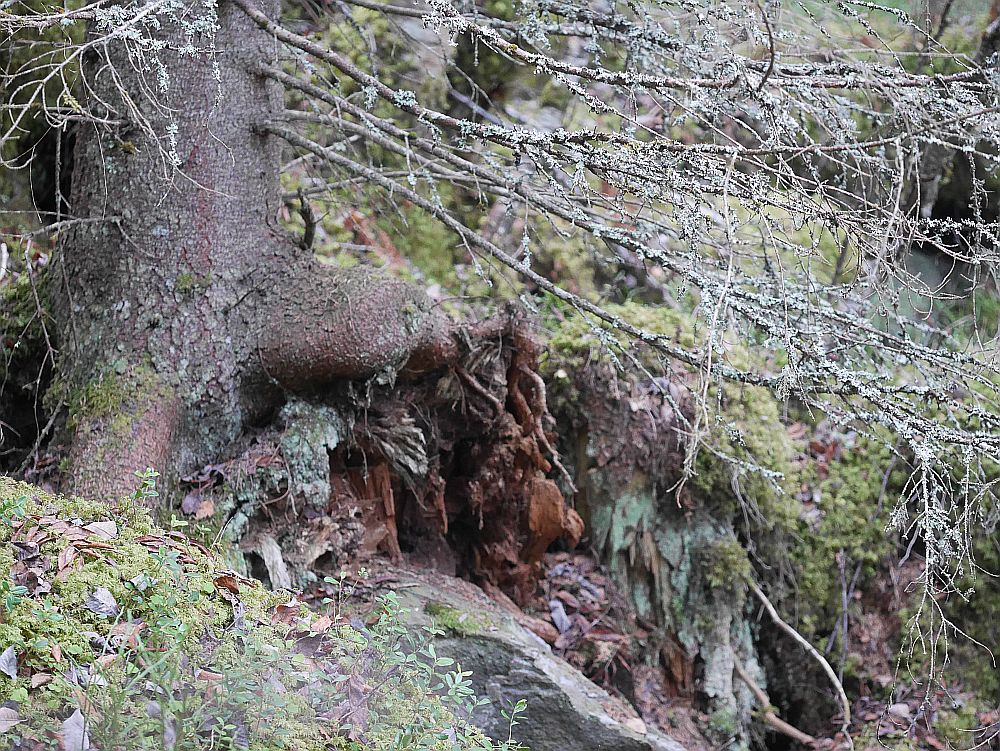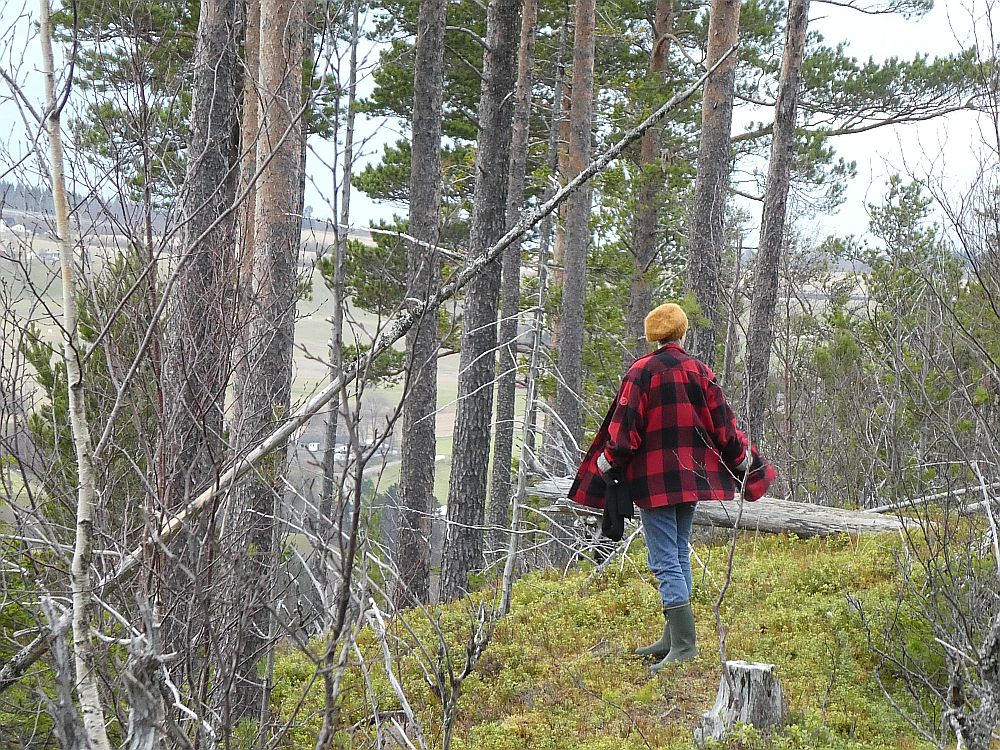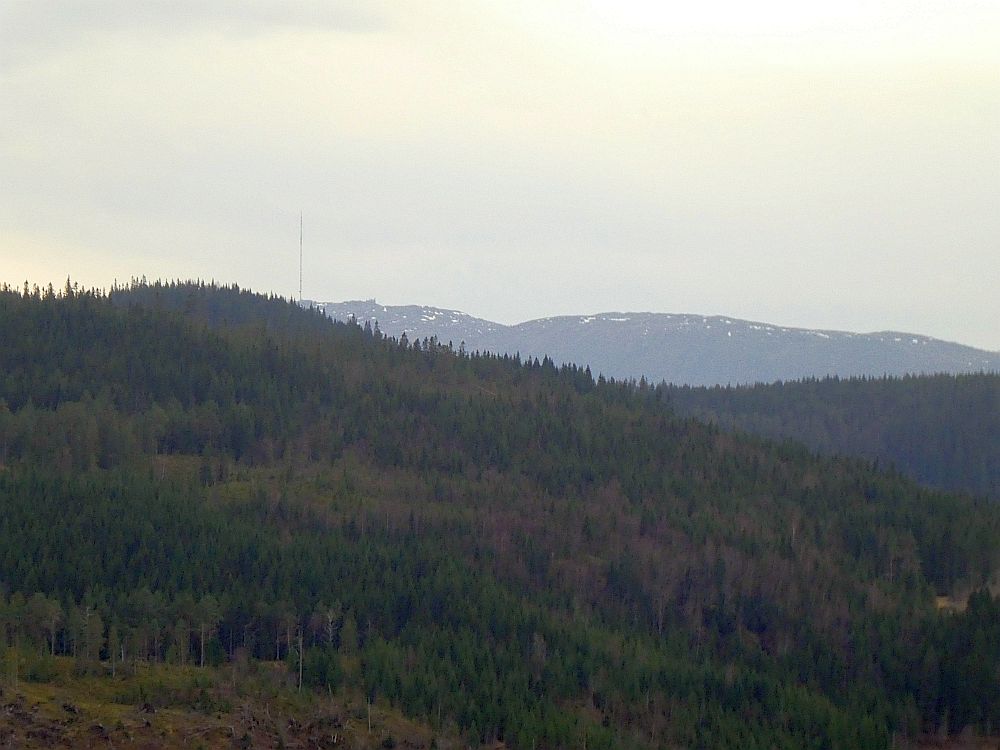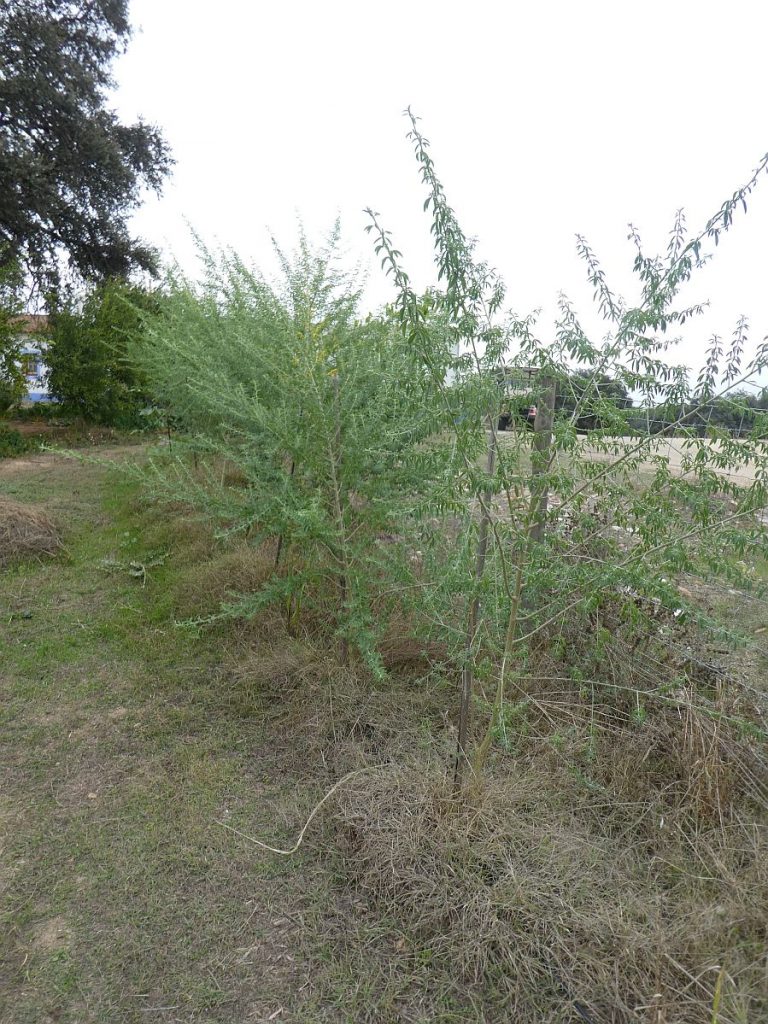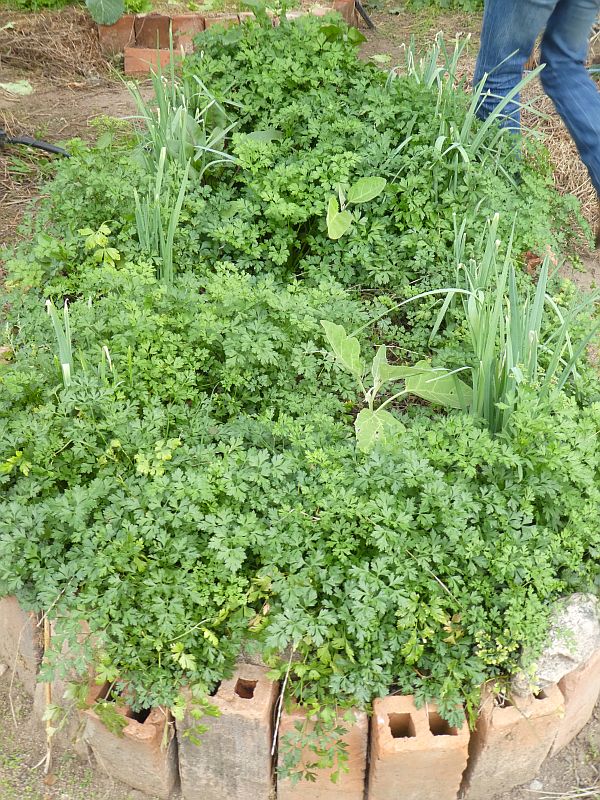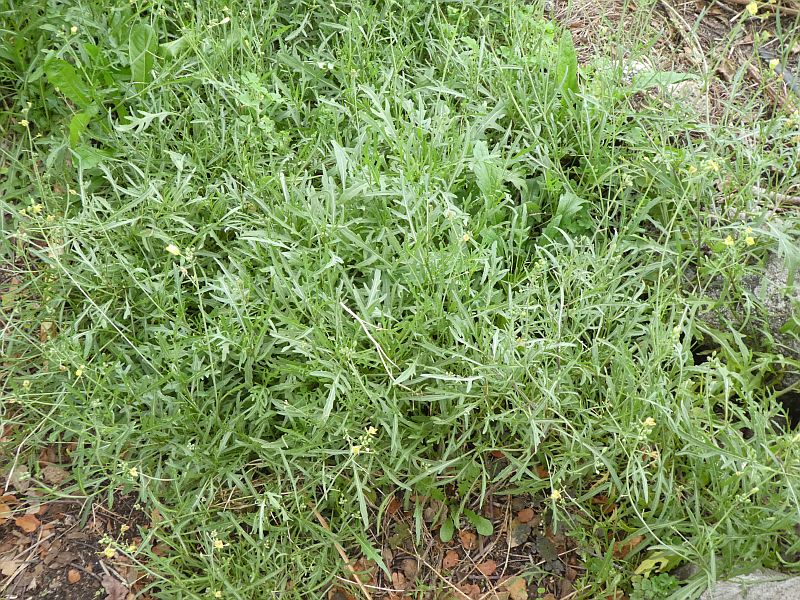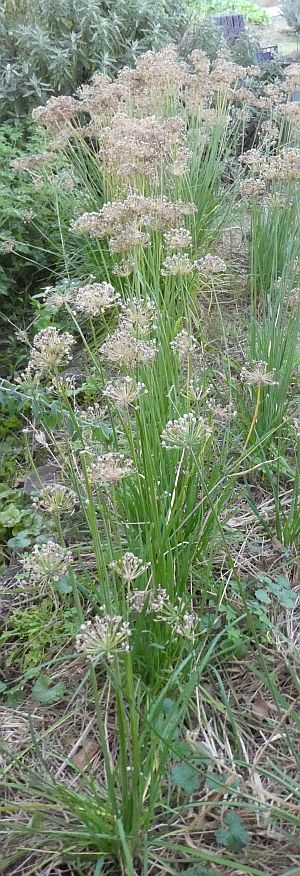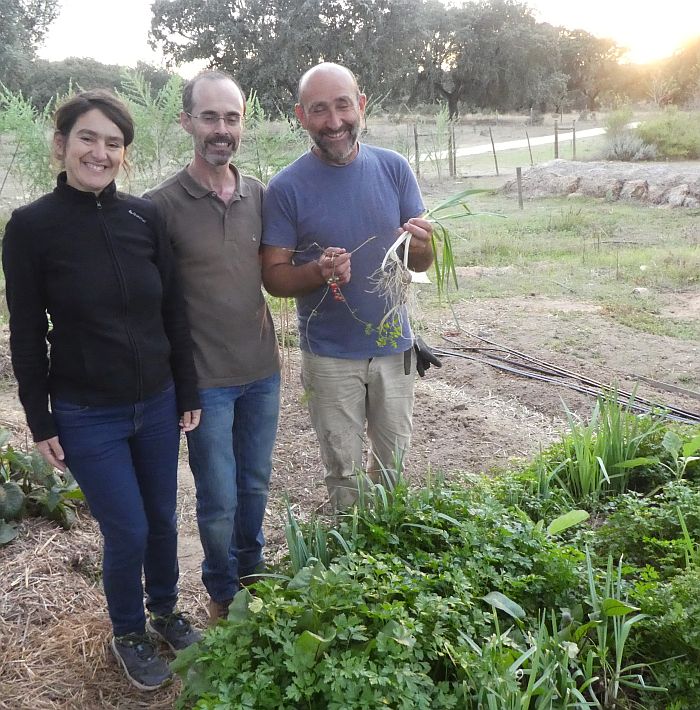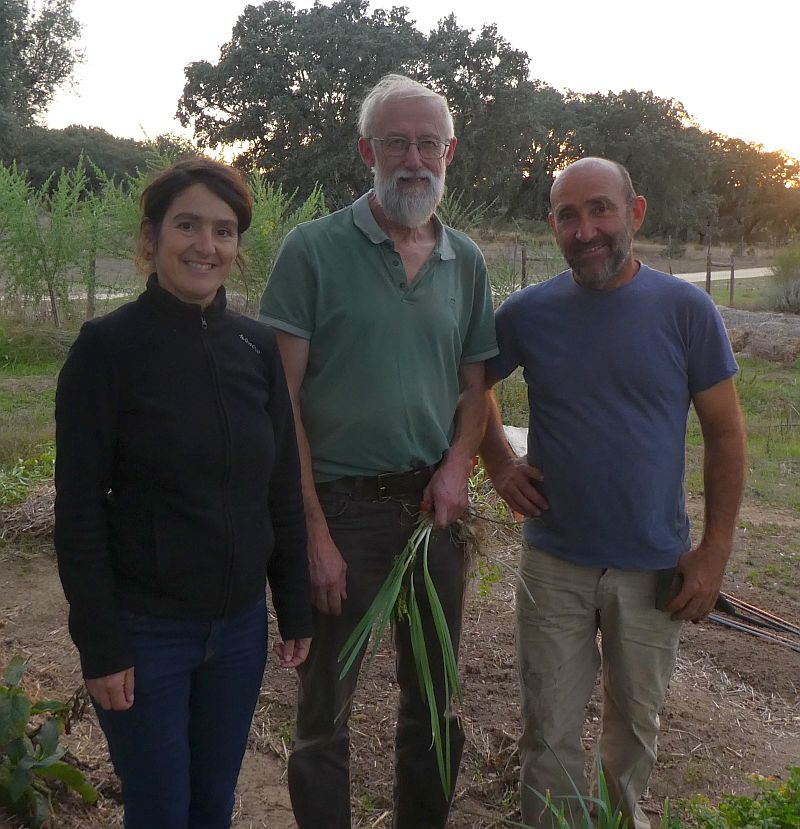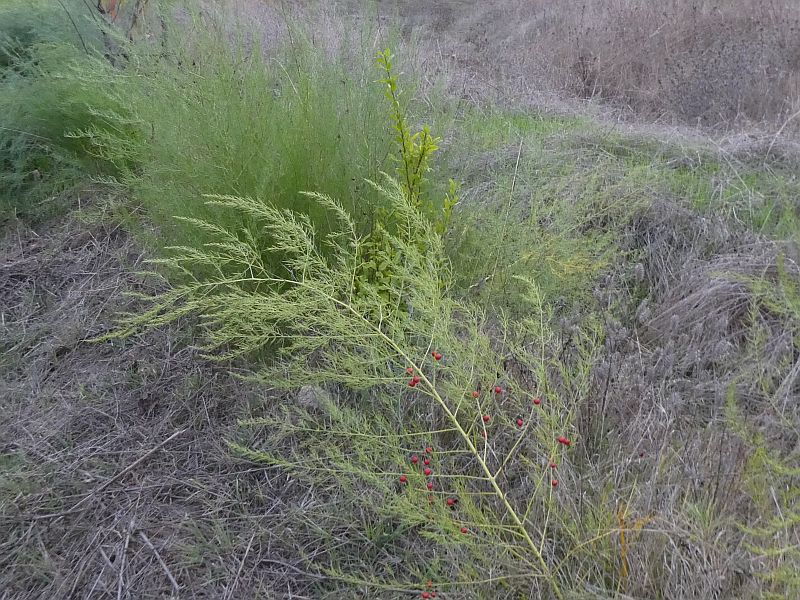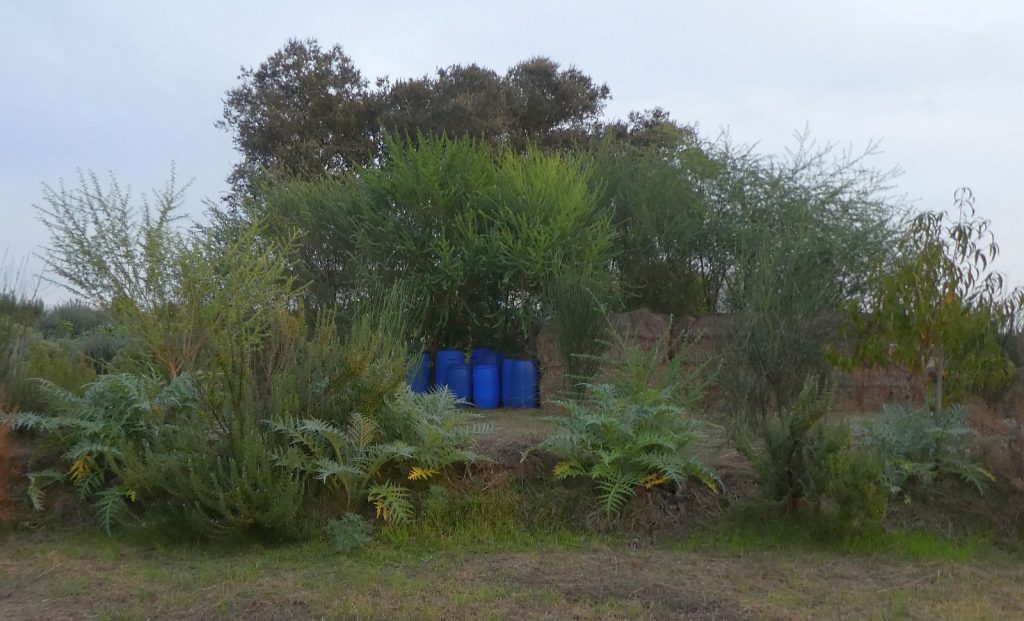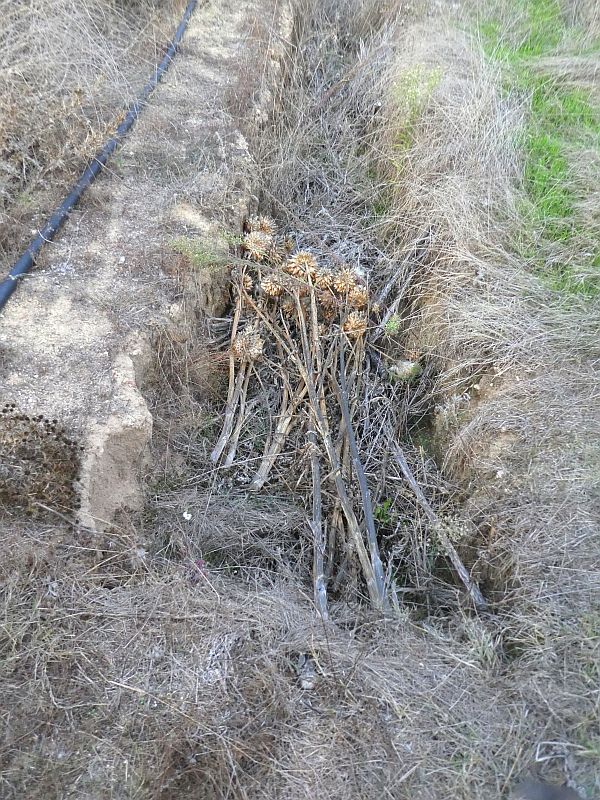During my stay in Mertola, we did two short walks along the river. The first pictures are from near the town centre, the second group from Canais do Guadiana where we were joined by a local producer of essential oils, who showed us some of the plants they use. There’s a great little video of the area and plants on the producer’s website: http://dalenguadiana.pt
Vitor Menas and Fernando Garcia run the business and Fernando joined us on the walk and showed us around the workshop in the village.
THE BIRDS
A large flock of some 150 jackdaws (kaie) decided to party in the garden this afternoon, then a large flock of over 450 birds appeared over the bay!
Waxwings on apples
I sorted my stored apples yesterday and put out ones that had begun to rot for the waxwings and thrushes outside the kitchen window. This was the scene this morning!
Moonrise 21st November

Rising moon


Jorge’s edible water garden
I’ll always be grateful to my friend Jorge Carona as without him I would never have been invited to Portugal. The story of how we met is told here:
He was also instrumental in suggesting that the Ecoaldeia de Janas should invite me to give a course! Added to that, he did almost all the driving on my trip. I also spent two nights at his house on the hills in Calhandriz above Alverca near Lisbon and was able to see his edible water gardens for the first time! So here are a few pictures of the garden, sadly neglected as Jorge wasn’t living here for some time! He has a large water tank under an outhouse to supply the water for this project! The pond is an oasis for wildlife in the dry countryside which has been suffering from drought for several years! Many thanks, Jorge!
Other edible water plants in the pond: Bacopa, Acorus, Oenanthe, Houttuynia, Aponogeton and watercress. Elsewhere in the garden, Jorge has planted apples, pears, orange, plums,fig and edible bamboos! A great little garden!
Sopptur 16th November
(Sopptur = Mushroom picking / fungal foray)
Still masses of winter chantarelle in the woods despite for frosts a week ago…and a few chantarelle and hedgehog fungus….
Tour de Portugal links
Perennials Resistence in Mertola, Portugal (video and interview) http://www.edimentals.com/blog/?p=20370
Herdade do Freixo do Meia http://www.edimentals.com/blog/?p=20042
Freixo de Cima http://www.edimentals.com/blog/?p=20133
In search of the wild asparagus at Bombeira do Guadiana http://www.edimentals.com/blog/?p=19856
Cactus pads for my last lunch in Mértola http://www.edimentals.com/blog/?p=19658
The Holy Grail Kale and the Janas Ecovillage gardens! http://www.edimentals.com/blog/?p=19949
Edible plants of the Sintra Natural Park http://www.edimentals.com/blog/?p=19746
Mostly edibles at Majoito http://www.edimentals.com/blog/?p=19685
The Ecoaldeias Janas extreme salad http://www.edimentals.com/blog/?p=19669
Bombycilla garrulus and Coccothraustes coccothraustes
I try to “grow” as much food for birds as possible in my garden. This includes leaving some fruit, planting various species of rowan (Sorbus), not tidying the garden until late winter, so that, for example, seed of nettles and burdock is available for finches. I also don’t feed the birds with bought in sunflower seeds until it gets properly cold, until then there’s plenty of natural food available. There’s nowadays a large acreage put down to non-organic production of bird seed in other countries which is certainly detrimental to birdlife in those countries and there is evidence that providing bird seed during the breeding season can have a negative effect on some species! So, is feeding birds a good thing or just for our entertainment? A bit of both I think!
- Hawfinch and waxwings towards the end…taken from the living room /office!
2. Waxwing on apple. It was a bad rowan berry year and there are unusually few waxwings around (perhaps good news for an invasion further south, e.g., in the UK?). This is one of the apples I left for the birds…the video was taken from the living room!

